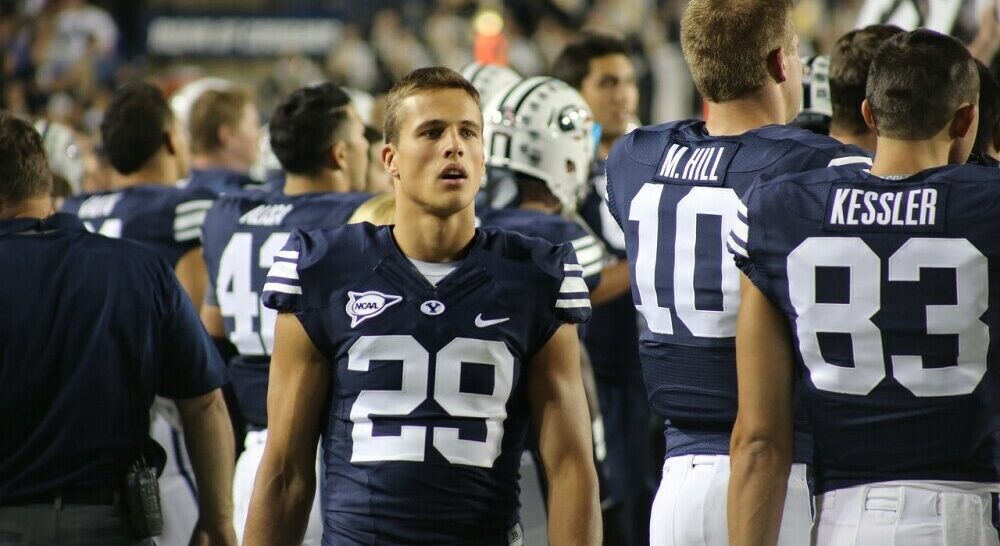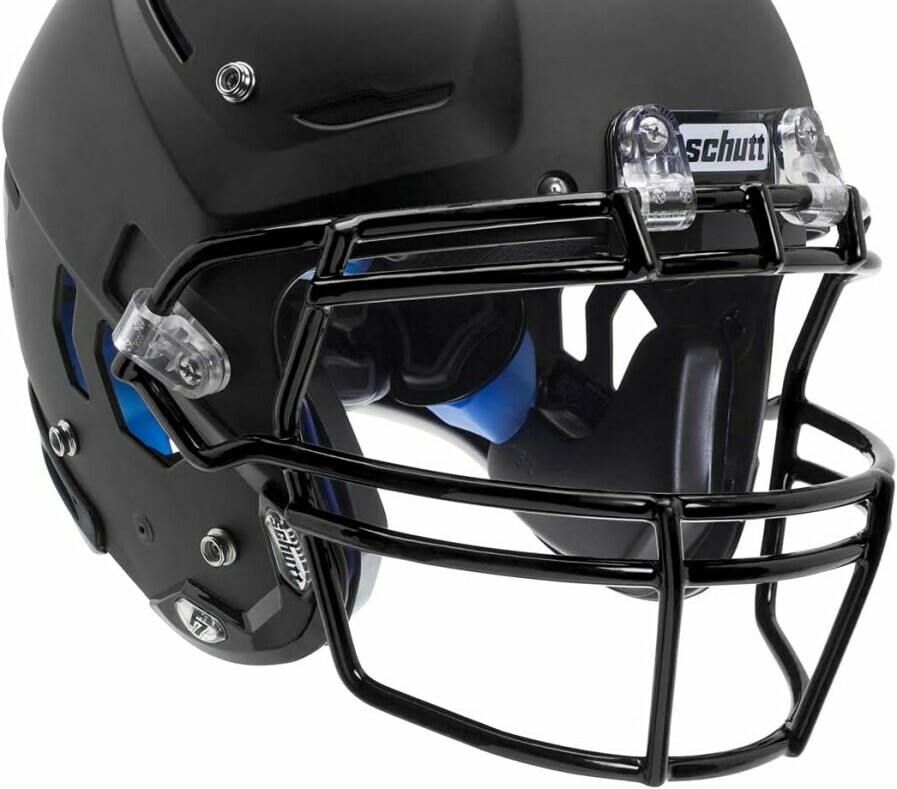
I’m going to walk you through the ins and outs of youth football helmet ratings, so you can understand why they’re crucial for young athletes. If you want to ensure your young player is protected on the field, knowing about helmet ratings is the first step.
Don’t worry too much about the technical jargon; I’ll keep it straightforward. These helmet ratings, like the ones from Virginia Tech Helmet Ratings, give us an idea of how effective different helmets are at reducing the risk of concussions. They’re based on rigorous testing that simulates real-world impacts.
This isn’t just about a score; it’s about player safety. The entire process of determining these ratings revolves around replicating the types of hits players might take on the field. Researchers look at things like acceleration, how quickly the head stops moving, and the force of impacts.
Choose something that resonates with you and your young player—safety should be your top priority. I really hope that you’ll use this knowledge to pick a helmet that not only scores high but also fits well and feels comfortable. It’s this combination that can really make the difference in keeping kids safe.
So, this brings the question: how do you navigate through the rankings and select the best helmet? In the following section, I’m going to shed light on the top-ranked helmets for youth football, breaking down what makes them stand out and how to choose the ideal helmet for your young athlete.
Top-Ranked Helmets for Youth Football: A Buyer’s Guide
If you’re in the market for youth football helmets, you’re going to want to pay close attention to the latest rankings. These are more than just numbers; they represent an assurance of quality and safety for young athletes. Let’s take a look at what’s leading the pack.

Plenty of helmets claim the top spots, but I’m here to break down why they deserve your attention. The key features that often put a helmet on the list include top-notch padding systems, a secure fit that can be easily adjusted, and materials that withstand the rigors of the sport.
When you’re evaluating helmets, consider that while higher cost can sometimes mean better protection, this isn’t always the case. It’s about finding the sweet spot where safety meets budget because protecting young players shouldn’t break the bank.
You also want to think about the age and level of play of the athlete wearing the helmet. A Pee Wee player’s needs can be very different from those of a young teen in a competitive league, so choose something that resonates with you and your player’s specific situation.
Beyond the Rankings: What to Look for in a Youth Football Helmet
Rankings and ratings are fantastic starting points when you’re scouting for a youth football helmet. However, there’s more to choosing the right helmet than just following the latest list of top picks. I’m here to help you with a deeper understanding of the essential aspects that might not always be obvious at first glance.
The right fit is critical. A helmet that doesn’t fit snugly could lead to increased risk of injury. You’re going to find out about measuring techniques to ensure a helmet fit correctly, and why prioritizing comfort doesn’t mean sacrificing safety.
Also, think long-term. Helmets aren’t a one-and-done purchase; they require ongoing care to maintain their protective qualities. I’ll walk you through the lifespan of a youth football helmet and when you should consider a replacement.
Everyone wants their gear to look good. Customization options aren’t just about aesthetics; they can also affect visibility and confidence on the field. Let’s talk about what customization means in the context of safety and performance.
Finally, it’s not enough to simply buy the best helmet on the market; educating parents and coaches on the importance of proper use and maintenance is equally important. We’ll explore effective ways to disseminate this vital information.
Promoting Responsible Use: Coaching and Player Education
In my opinion, the true value of kids football helmet isn’t just in its ranking or features; it’s also in the proper use and understanding of the equipment. Coaches and team staff play a crucial role in this aspect. They should receive regular training on helmet fitting techniques to ensure each player’s headgear is properly secured, offering maximum protection. Such training can drastically reduce the risk of injury during play.
Beyond fitting techniques, I believe we need a robust educational initiative directed at players. Young athletes should be taught the importance of reporting any helmet issues, recognizing signs of improper fit, and understanding the general care of their equipment. This awareness is vital for their safety on and off the field.
The responsibility also extends to leagues and schools. It’s imperative they set a precedent for player safety by offering resources and support for these educational programs. A comprehensive approach, including regular equipment checks and safety protocols, can foster a proactive environment.
To wrap it up, creating a culture of safety in youth football hinges on more than just choosing the right helmet. It’s about continuous education, proper equipment maintenance, and a collective commitment from all involved in the sport. Choose something that resonates with you, be it as a parent advocating for safety or a coach enforcing proper use, and let’s elevate the standards together for the well-being of our young athletes.
**Here’s a little transparency: Our website contains affiliate links. This means if you click and make a purchase, we may receive a small commission. Don’t worry, there’s no extra cost to you. It’s a simple way you can support our mission to bring you quality content.**
